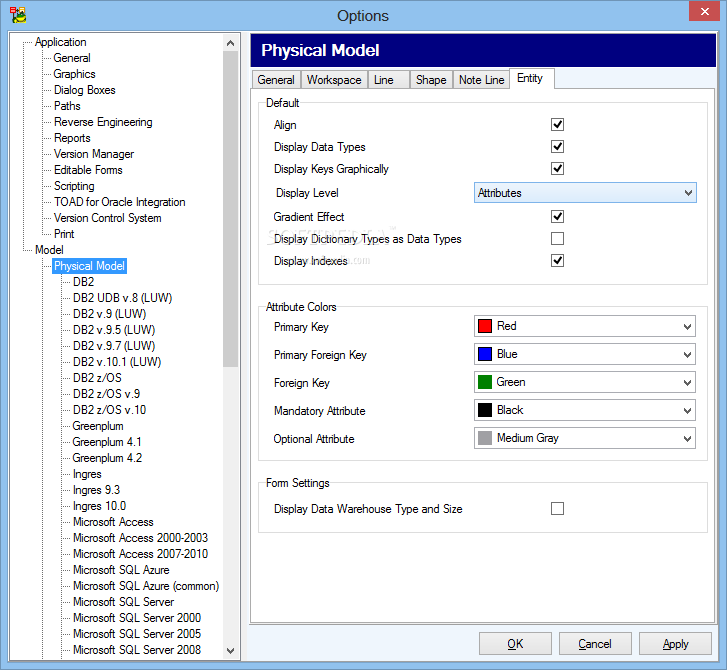

The tendencies presented as spatial gradients have been identified as ecogeographic rules. This variation may be present as discrete units or geographic gradients and related to the climate or the biogeographic history of the species. Geographic variation holds a central role in evolution since it is related to the nature of species and the speciation process. Therefore, the support for the converse water availability hypothesis found in this study shows that amphibians can respond in different ways to water restrictions imposed by arid environments. Lastly, we suggest that behavioral traits, such as nocturnal habits, might also play an important role determining this differential response to aridity. In addition, we found evidence that both pattern and mechanism are independent of sex. The variation of this trait could also be affected by the decreasing productivity that exists towards the north of the species distribution. atacamensis favors the converse water availability hypothesis, whose mechanism proposes that the foraging activity determined by the precipitation gradient has produced the clinal pattern of body size variation. Most studies in amphibians show that adult size increases in arid environments, but we found a converse pattern to expected according to the hydric constraints imposed by this type of environment. The best model showed that the data support the mean annual precipitation as predictor of body size, favoring the converse water availability hypothesis. Rhinella atacamensis exhibits a gradual pattern of decrease in adult body size towards the north of its distribution, where the climate is more arid, which conforms to a Bergmann’s cline.

Then, using an information-theoretic approach, we evaluate whether the data support eight ecogeographic hypotheses proposed in literature.

We measured the snout-vent length of 315 adults from 11 representative localities of the entire distribution of the species. Here, we describe and inquire as to the causes of the geographic variation of body size in the semi-desert toad Rhinella atacamensis, a terrestrial anuran that is distributed over 750 km along a latitudinal aridity gradient from the southern extreme of the Atacama Desert to the Mediterranean region of central Chile. However, there are few studies at intraspecific level on amphibians that inhabit desert or semi-desert environments, where hydric restrictions are stronger. Research in amphibians has favored mechanisms that involve water availability as an explanation for the geographic variation of body size. The causes of geographic variation of body size in ectotherms have generally been attributed to environmental variables.


 0 kommentar(er)
0 kommentar(er)
